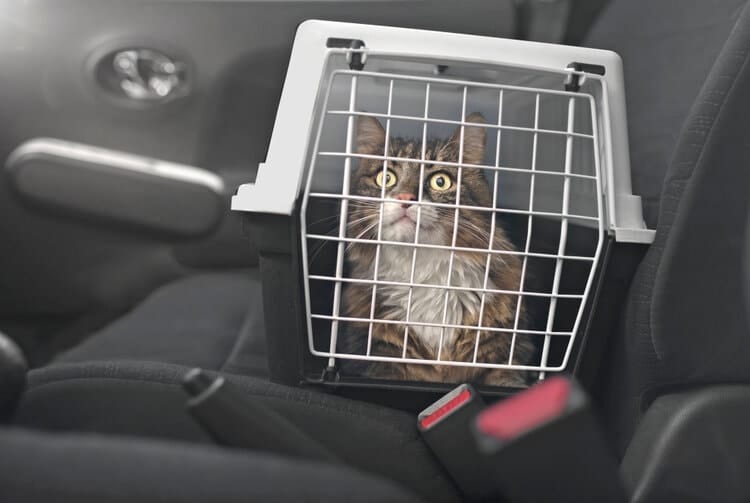Click on the title you would like to review first:
- What Are Cat Sedatives?
- Types of Sedatives
- Side Effects
- Methods
- Taking A Long Car Trip
- Additional Tips
Minimizing the upsetting events for your territorial-minded cat is the goal when you need to travel. Taking your feline friend away to an unfamiliar place or visiting the vet or even a new house is terrifying.
Luring it to accepting that you have to travel is a challenge. Plan the move tactically to avoid stressing out your cat.
Most cats get stressed when traveling. They try to hide in dangerous places like the pedals.
Others are known to howl throughout the trip. There are even scenarios where cats try to escape and start scratching the car. That can stress out the driver and cause unnecessary stress.
To avoid all that, you have to sedate your cat. It is recommended that travel sedatives be given 1.5 to 2 hours before the travel.
The common method most cat owners use to administer the sedatives is oral with food. But if you are dealing with a picky eater, you may want to explore other means.
What Are Cat Sedatives?
These are medications used to reduce tension and anxiety in cats when traveling. In addition, the sedatives offer physical and emotional stability. As a result, the cat stays calm, submissive and at times, it can sleep.
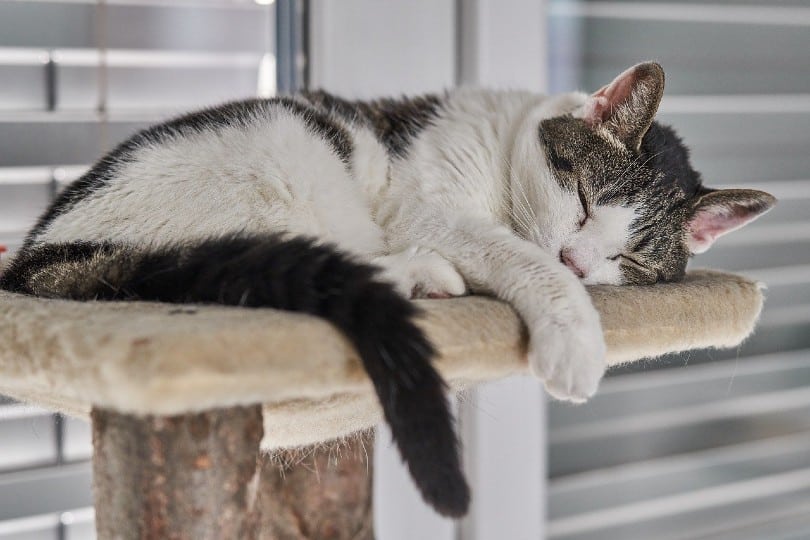
Different Types of Sedatives
We have some sedatives designed for cats. But it is not always the case since some have anti-anxiety that is the same as human sedatives.
So before administering the sedatives, consider seeking advice from your vet. But in case you have to do it over the counter, make sure your cat doesn’t have any underlying medical issue.
Here are some of the sedatives used;
- Benzodiazepines: It is a sedative that releases neurotransmitter gamma-aminobutyric acid activity that makes your cat relax and sleepy. The sedative is only given to cats without any kidney or liver complications. However, the cats can have side effects like vomiting, nausea, or aggression.
- SARIs: It is administered under the strict observation of a vet. The weight of the cat and heart condition is the primary determinant. That is because it can cause cardiac arrest for cats with heart conditions.
- Diphenhydramine: The drug makes the cat stay relaxed. However, the cats hate the taste of this medicine. It becomes hard to administer because the moment a can tastes it, they refuse to swallow. Therefore, it is wise to seek the vet’s approval before using this sedative. It is safe, though, and should be used 24 hours before the travel.
- Chlorpheniramine: It is available in pill and liquid form. It makes the cat feel drowsy and relaxed. In most cases, you can buy this medicine over the counter but be cautious. After buying, you can give the cat a few hours before the trip. Then, in case of any side effects, contact your vet.
- Gabapentin: It is a strong sedative that can make a cat sleep for around 8 hours. The beauty of this sedative is that it doesn’t have any taste. So, when giving your cat, it doesn’t sense it’s taking something strange. The recommended time is 2 hours before traveling.
- Clonidine: It’s a mild sedative, and in other occurrences, it is used to relieve pain relief to cats. The medicine triggers alpha adrenoreceptors in the brain that has effects on the heart rate. It can be administered 3 hours before the travel.
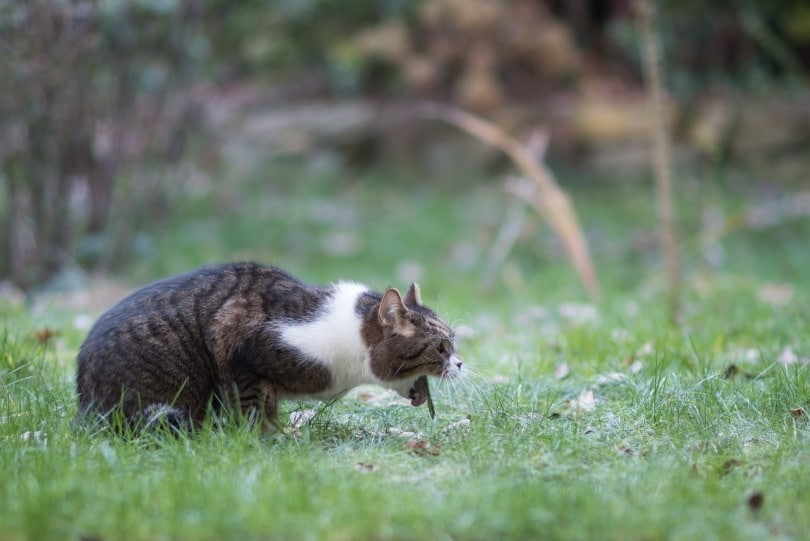
What Are the Side Effects of the Sedatives?
The side effects of the sedatives depend on the sedative you give to your cat. If you use the medical ones, the side effects will be different from the non-medical ones. However, here are the most common ones:
- Dizziness
- Vomiting
- Hard to breath
- Confusion
- Slow heart rate
- Aggression, etc.
Now, let’s look at the different methods that you can use to sedate a cat. Note these methods vary, and in case you have doubts about how to do it, always consult with your veterinary.
The 3 Methods to Use for Sedating Your Cat
There are several methods you can use to sedate your cat for car travel. Below are some of them.
1. Choosing the Right Sedatives
When you want to administer sedatives, there are so many things to consider. Things like the cat’s weight, age, and health conditions should be top on the list. Meanwhile, you can do the following;
Visit the Vet
The vet will help you with the prescription and give you the sedatives you are supposed to use. If you opt to buy the sedatives over the counter, seek veterinarian approval for your pet’s safety.
That way, you will have an idea whether the sedatives you have bought are of good quality. Then, again, the vet will check whether your cat is healthy and can use the sedatives. Ensure you discuss with the vet the duration the trip will take for proper medication.

Analyze the Time Frame
It’s essential to know how the sedatives work and their time frame. Before buying the sedatives, discuss with your vet. This is to ensure you have an idea of when to sedate your cat before traveling. Medication doesn’t work at the same time.
Some have immediate effects, whereas others take some time. To avoid giving your cat the medicine at the wrong time, discuss with your vet when you intend to travel. From there, he will advise on the best time to use the sedative.
Get Acquitted with the Sedatives
The vet has prescribed the medication but before administering it, understand them first. Then, you can discuss with the vet and get to know what sedative to use. As we discussed, different sedatives work for specific cats. Make sure you understand how they work. The purpose of that is to look out for any danger signs for your cat.

2. Use of Medications
You can opt to use medications as a way of sedating your cat. The procedure will involve several factors to make it a success.
Do a Trial Test First
If you choose to give medication to your cat, make sure you give the drug at least a week before first. The aim is to see how the cat reacts after taking that medicine.
After giving the medication, observe your cat for 12 hours; if you notice the cat is restless or dizzy, you can visit your vet for further discussion. Meanwhile, discontinue the medication.
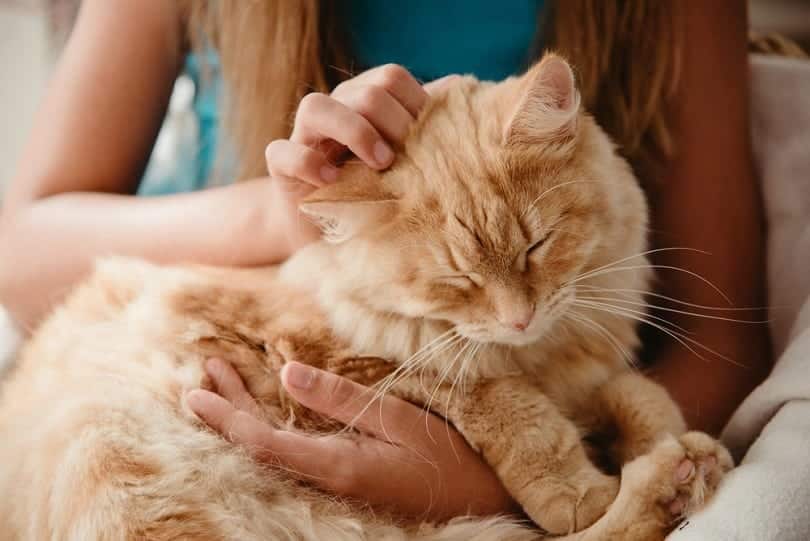
Prepare Your Cat
Before sedating the cat, prepare it first. Ensure the cat is calm and relaxed. Then take a towel or a cloth and wrap it. Make sure the head is not wrapped.
You can also hold it between your legs. Alternatively, get someone to help you.
Give It the Medication
When giving the medication, remember to follow the vet’s instructions. That is to avoid giving under or overdose. First, force your cat to open the mouth by adding some pressure using your thumb fingers. Once the cat opens the mouth, give the medicine.
Make Sure it Swallows the Medicine
Cats can trick you, and don’t swallow the medicine. So hold it tightly while the head is facing upward. Rub it on the throat to ensure it swallows the medicine.
Don’t release it fast but take a few minutes to ensure it has swallowed. To know whether it has swallowed the medicine, the cat will lick its nose.
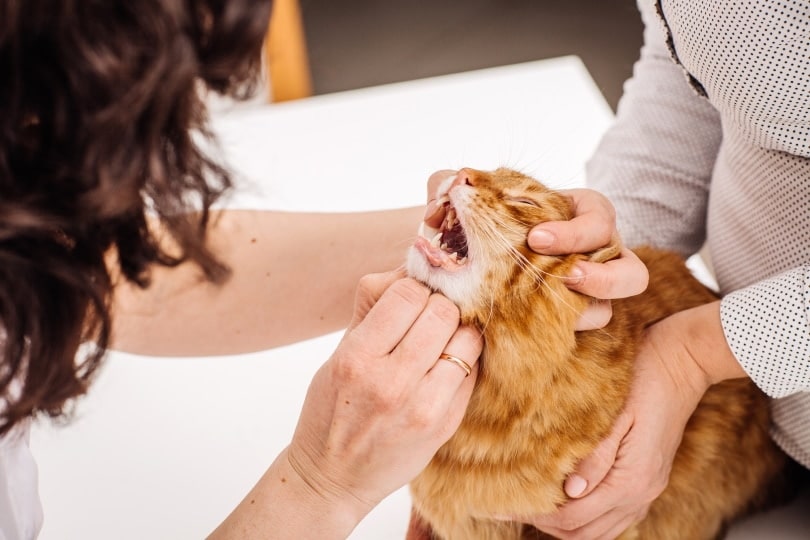
Use Alternate Methods
If the cat resists taking medicine orally, you can use other methods. For example, wrap the cat and try using a pill gun. You can use it to drop the medicine without necessarily making the cat swallow it.
Alternatively, you can also use liquid medication and mix it with some of its favorite food. But you must consult your vet first.
Give the Medication Some Time to Settle
Once the cat has taken the sedative, you can now give it some time for the medication to take effect. As we discussed earlier, the sedatives take different times to react, so be patient.
The cat should be relaxed and calm after that. In case you notice any signs of unconsciousness, let your vet know about it.
3. Using Non-Medication Methods
Non-medications can also be used to sedate a cat. For example, in the cat carrier, you can use the following to make the cat relax and calm down.
By use of Pheromones
The pheromones can be used to keep the cat calm. They are either in the form of sprays, plug-in diffusers, or sprays.
If you are using a carrier to carry your cat, you can administer them. When you plan to travel, consider introducing pheromones way before the D-day. Some of the available brands are Comfort Zone and Feliway.
Body Wraps or Towel Wraps
When you wrap your cat, it calms down. The secret in body wraps is that it presses the pressure parts of a cat. The feeling makes a cat calm down and relax.
Make sure you wrap it around its torso. If you opt to use a towel, wrap it around the body. That will give the cat a calming effect, and in case you want it to fall asleep, it can easily do that.
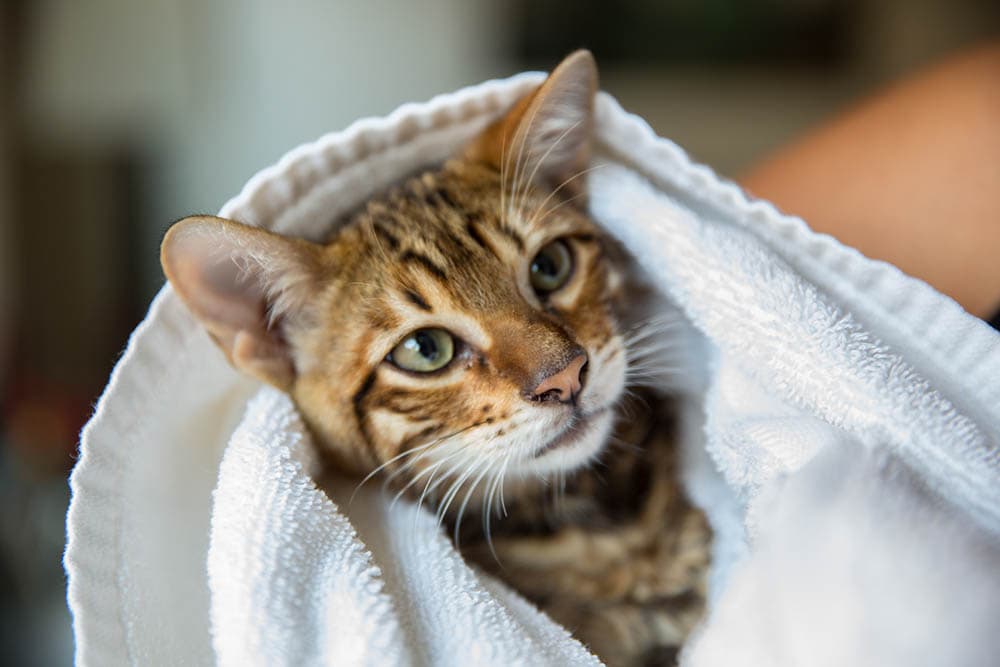
Use of Supplements
There are supplements like Anxitane that offer relaxation. Anxitane is green in color, and it affects the brain causing relaxation.
The cat can either chew or swallow. You can get the supplement in tablet or liquid form.
What If You Are Taking A Long Car Trip?
If you are taking a long trip, ensure that your cat is well settled in its crate. Strange smells and noise make even a calm cat want to escape. Use a car seat belt to secure the crate to avoid sending panic moods.
Some disturbances from unnecessary movement can make your cat freak out. It is advisable to let the cat stay in the back seat though not a must.
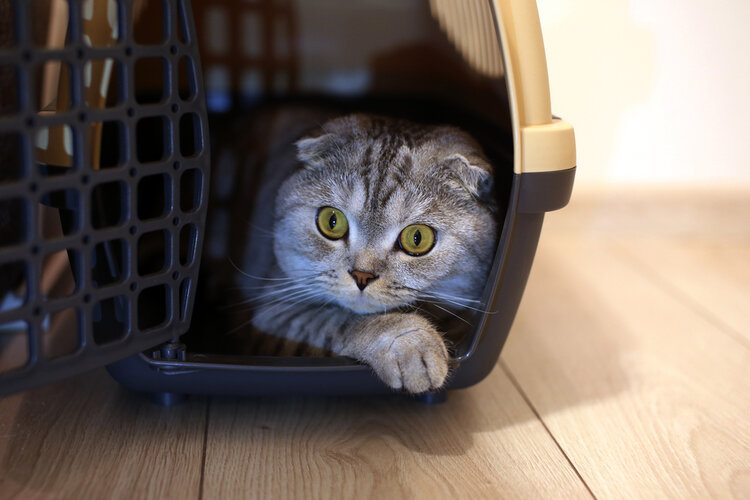
Additional Tips
Whichever method you choose to sedate your cat before travel, ensure that you take proper precautions. For example, please don’t buy a carrier on the day of travel.
The cat will not be comfortable using it. Instead, you can buy a few weeks before and make sure you help your cat be familiar with it.
Use some soft clothing in the carrier and ensure they have your scent. Then, the cat will feel comfortable knowing that you are traveling together.
While traveling, you can try to place your hand near the carrier occasionally to give your cat some assurance. Don’t forget to carry some food for your cat.
Final Thoughts
Cats don’t like to travel to unfamiliar places, and that is why they get stressed. So traveling with a cat requires adequate planning. But before embarking on that journey, ensure you take the proper precautions.
Consult with the vet to ensure your cat is free from stress and anxiety. Traveling with your cat will be fun if you are sure the cat is comfortable.
See also:
- Why Is My Cat Panting in the Car? (5 Possible Reasons)
- Boating With Cats Guide: Living Onboard, Seasickness & Things to Know!
Featured Image Credit: Lightspruch, Shutterstock

